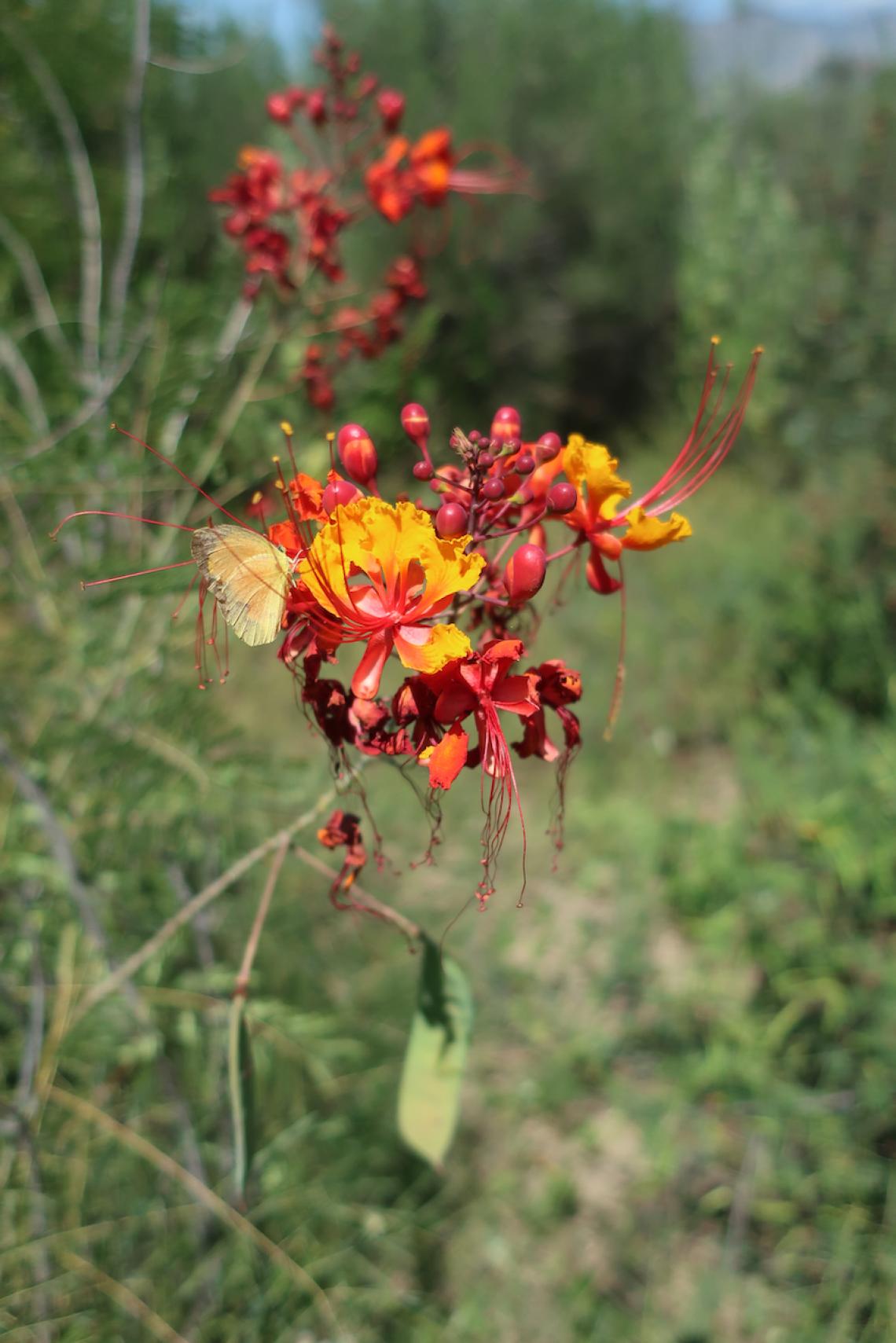Infraspecific Taxa
Available Seed Accessions (Infraspecific Taxa)
Available Seed Accessions
| Accession No. | Taxon | Availability | Country | State/Province | Provenance |
|---|---|---|---|---|---|
| 880005 |
Caesalpinia pulcherrima
|
A (Abundant) | United States | Arizona |
Cultivated
|
| 880005D |
Caesalpinia pulcherrima
|
B (Moderate) | United States | Arizona |
Cultivated
|
| 890175 |
Caesalpinia pulcherrima
|
B (Moderate) | United States | Arizona |
Cultivated
|
| 910179 |
Caesalpinia pulcherrima
|
C (Scarce) | Indonesia |
Cultivated
|
|
| 910453 |
Caesalpinia pulcherrima
|
C (Scarce) | Mexico | Sonora |
Wild
|
| 190017 |
Caesalpinia pulcherrima
|
C (Scarce) | Thailand | ||
| 210018 |
Caesalpinia pulcherrima
|
B (Moderate) | United States | Hawaii |
Cultivated
|
| 220075 |
Caesalpinia pulcherrima
|
B (Moderate) | United States | Hawaii |
Cultivated
|
| 220076 |
Caesalpinia pulcherrima
|
C (Scarce) | United States | Hawaii |
Cultivated
|
| 220077 |
Caesalpinia pulcherrima
|
B (Moderate) | United States | Hawaii |
Cultivated
|

